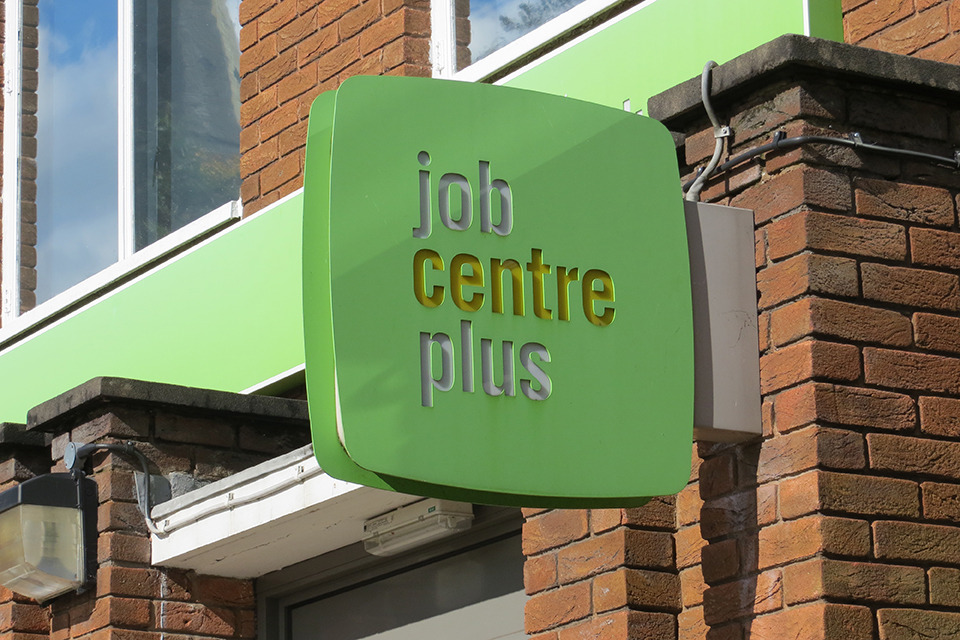Remanufactured computers could provide 95% of the performance of a new PC at a fraction of the cost to the environment; it is time for the civil service to set an examples, argues professor Mark Jolly of Cranfield University
A lot of IT hardware from the developed world ends up being hazardously dumped in developing countries. This site near Accra, in Ghana, receives thousands of electronic items from Europe and North America Credit: Kay Nietfeld/DPA/PA Images
The average PC is a lavish and exotic piece of work: copper from Chile, gold from Mali, iron ore from Brazil, bauxite from Peru. Many components depend on rare-earth or platinum-group metals highlighted as under threat in the EU’s Critical Raw Materials review, which describes the fragile supplies of these elements as Europe’s “Achilles heel”.
It’s not only an issue of using up limited resources. There are costs which are never reflected in the relatively low, market-driven prices offered to wealthy consumers. Mining operations damage land, use up huge amounts of energy, and lead to pollution in soil and water systems. Reportedly, harsh working conditions are typical, and include the use of child labour.
And yet, these treasures are thrown out, as part of the standard cycle of IT estate replacement by the public sector. The typical life cycle of three to four years – after which the cost of maintenance is believed to be greater than the cost of replacement – has recently shifted to be closer to four to five years. But this still means that there were 260 million new PC machines purchased last year, according to IDC research. Consumer demand for IT devices generally means intensifying competition for all these precious raw materials. By 2020, the consultancy Mercer predicts people will have three times as many IT gadgets as they did in 2014.
We have reached a stage where the improvements in functionality and performance are shrinking – our PCs do everything we need, as quickly as they need to
The tightening WEEE (Waste Electrical and Electronic Equipment) regulations have led to standard systems for recycling in the developed world. When large organisations update their hardware, some parts of the old machines will be properly recycled. But much IT hardware is also sent to developing countries, where there is only haphazard waste management and materials are still, in the end, simply dumped.
What’s needed are role models. It would set a powerful example for the IT sector if large employers in the civil service and across the public sector adopted the reuse approach to IT, providing hard evidence of its viability and cost savings.
Time for a rethink
The argument continues to be that the hardware replacement cycle is essential – a culture of constantly needing to avoid the obsolete. New work by Cranfield University research student Mauricio Alva-Howes has provided evidence for a rethink.
We have reached a stage where the improvements in functionality and performance are shrinking – our PCs do everything we need, as quickly as they need to. So, the criteria for keeping PCs for longer is also shrinking – they just need to work.
In his study, Alva-Howes carried out a range of benchmarking tests comparing the performance of remanufactured HP, Lenovo, and Dell laptops – machines which have been cleaned and refurbished – against that of new models from the same brands.
The remanufactured laptops used in the research came from A2C Services, an established IT re-use and recycling business which has developed a “Circular Computing” service. Large employers with huge IT estates can opt for a circular-economy approach, sending their used machines for refurbishing, and taking on a supply of remanufactured PCs. As part of the model, A2C also makes a donation to environmental charities addressing the impacts of the IT manufacturing industry.
Tests on the most typical uses of PCs in a work setting – office systems like email, word processing, and the use of spreadsheets, databases and videoconferencing – showed overall that the re-manufactured computers performed at between 93% and 97% of the level set by the new computer. There is a small fall-off in performance when it comes to graphic processing, and in some cases with battery life, but in terms of everyday use by employees, the differences are minimal.
For publicly funded bodies it’s a chastening lesson: new, updated models – filled with another new supply of rare materials extracted at high environmental costs – don’t deliver value.



